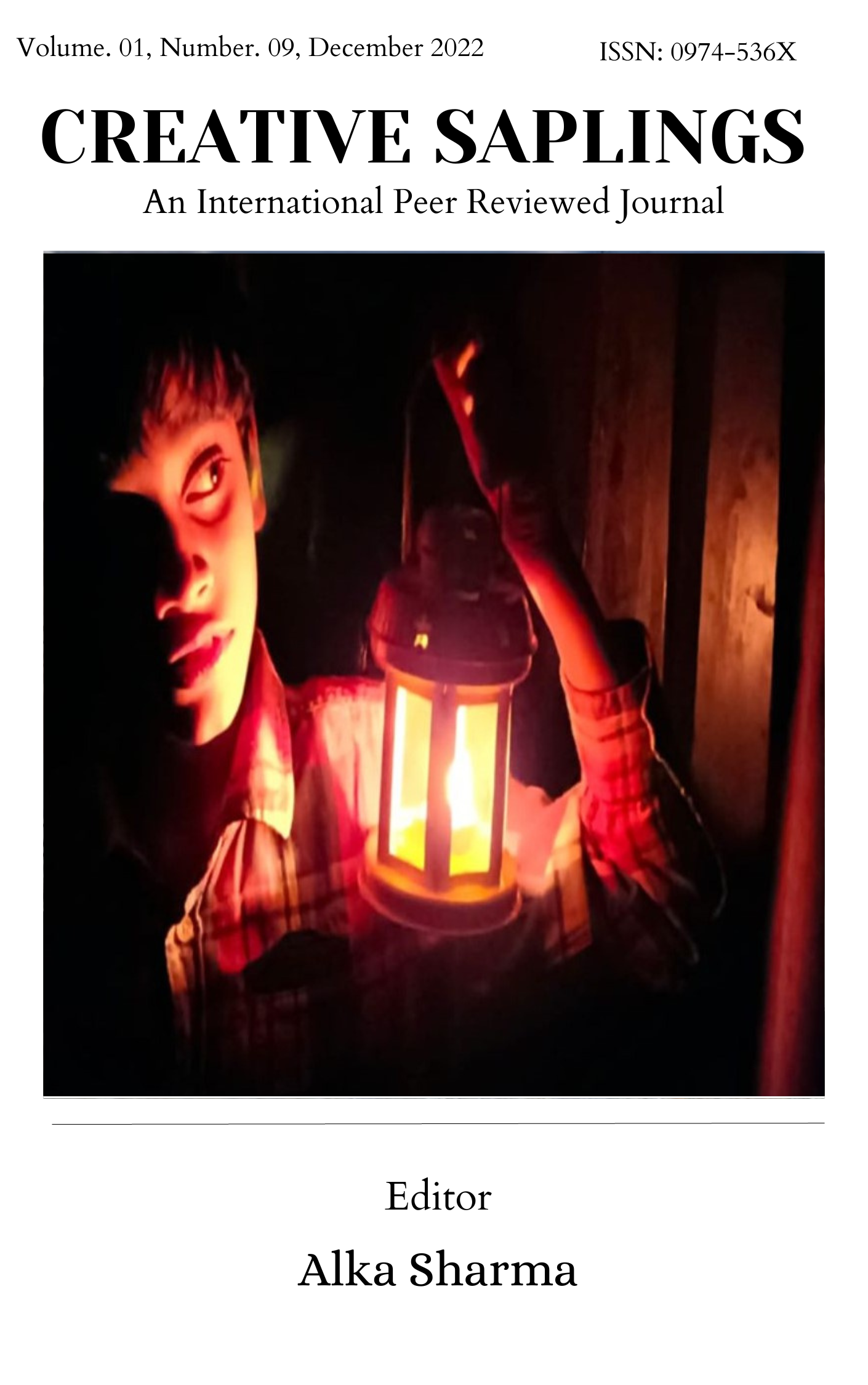Men Without Women: Exploring the Literal and Literary Phallocentrism in Murakami’s Works
DOI:
https://doi.org/10.56062/gtrs.2022.1.9.187Keywords:
phallocentrism, misogyny, female sexuality, Murakami’s protagonist, KafkaAbstract
This paper aims at exploring the texts of Haruki Murakami, namely his novels Norwegian Wood (1987) and Kafka on the Shore (2002), and an anthology of short stories Men Without Women (2014), to observe with a close eye the phallocentric tongue, literary devices, characters, and plot; the depiction of a man’s world through a quintessential male gaze. Studying his art of characterization and the recurrent motifs he employs towards that very realization are a key reference point to understand the covert stance of Murakami, which appears to be misogynistic in its stead. Murakami creates his fictional women with certain key characteristics omnipresent in almost all of them, their exhibition of ludicrously unnatural and overt sexuality as if deliberately strengthening a stereotype of the seemingly new “modern woman” who has no qualms in expressing her sexuality even to near-strangers. While his protagonists, in most cases heterosexual men, in every literary creation of his are blueprints of the same man, most probably either Murakami himself or someone he aspired to be like but failed and compensated for it by creating numerous men in that lonely ideal nihilistic image, one around whom women lose all sense of autonomy and give themselves up entirely, to what Murakami literarily depicted as a mysterious muscular charm. In Murakami’s literary world, the men are there to fulfill their destinies whereas the women are there for the men.
Downloads
References
Works Cited:
Murakami, Haruki. Norwegian Wood. Translated by Jay Rubin, Vintage Books, 2003.
---. Kafka on the Shore. Translated by Philip Gabriel, Vintage Books, 2005.
---. Men Without Women. Translated by Ted Goossen, Philip Gabriel, Vintage Books, 2018.
Gilbert, Sandra M., and Susan Gubar. The Madwoman in the Attic: The Woman Writer and the Nineteenth-Century Literary Imagination. 2nd ed., Yale University Press, 2000.
Cixous, Hélène. “Castration or Decapitation?” Signs: Journal of Women in Culture and Society, vol. 7, no. 1, 1981, pp. 41-55.
“Murakami’s Misogyny, the elephant in the room.” Osusume Books. 1 March 2021, https://osusumebooks.com/blogs/news/haruki-murakami-misogyny-women/. Accessed 10 January 2022.
Downloads
Published
Issue
Section
License
Copyright (c) 2022 Smriti Sneh

This work is licensed under a Creative Commons Attribution-NonCommercial 4.0 International License.





